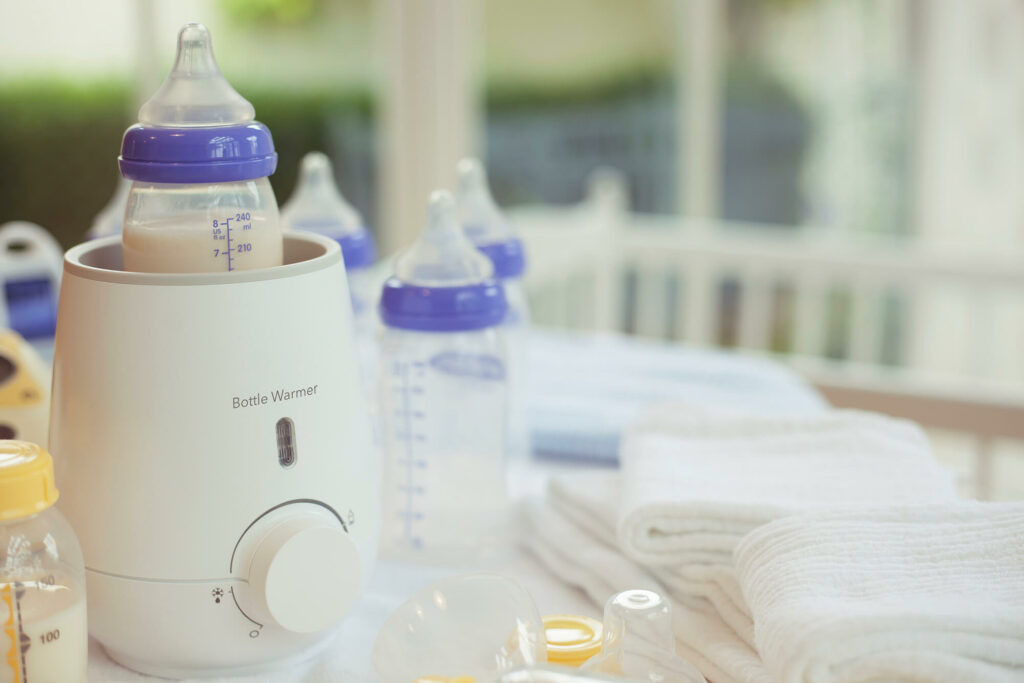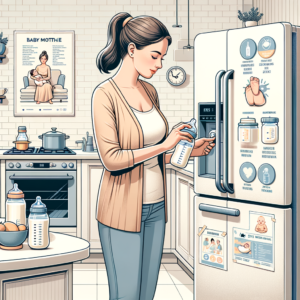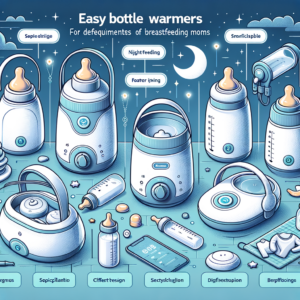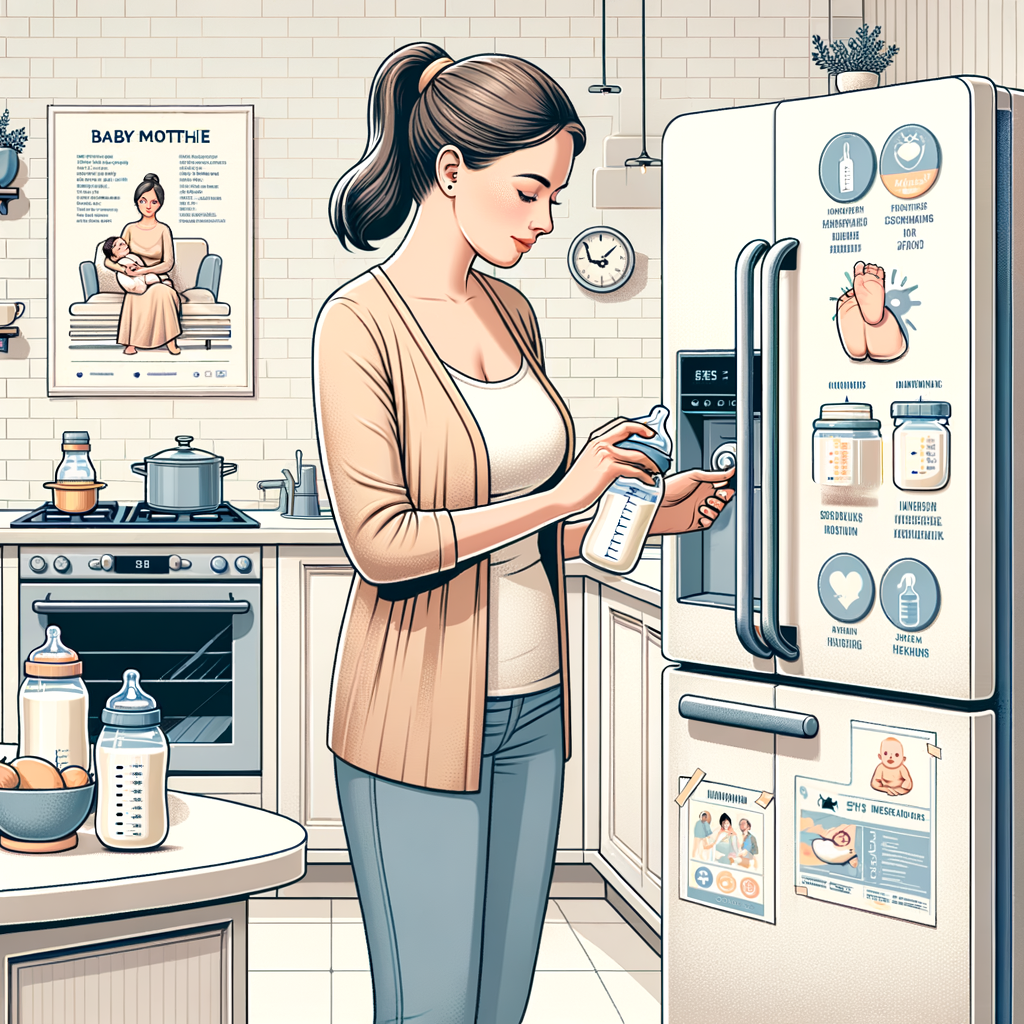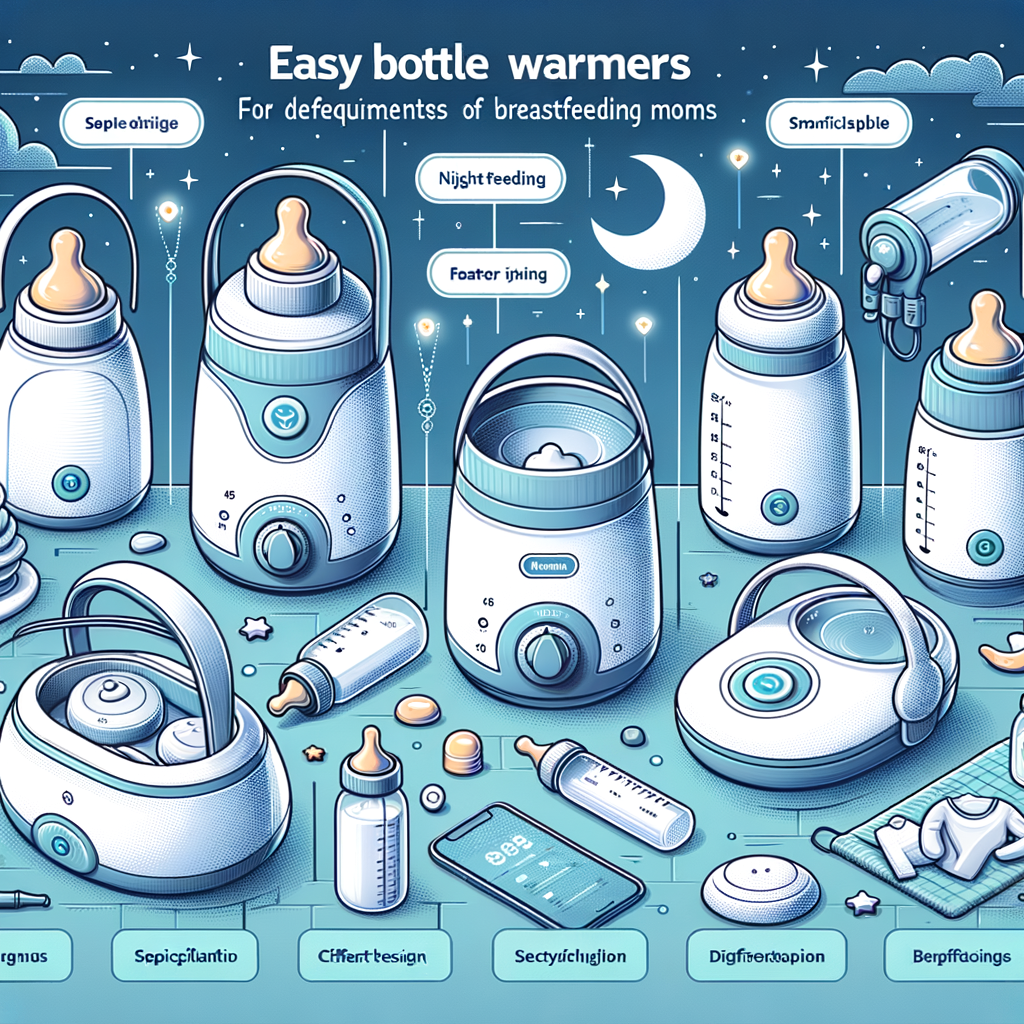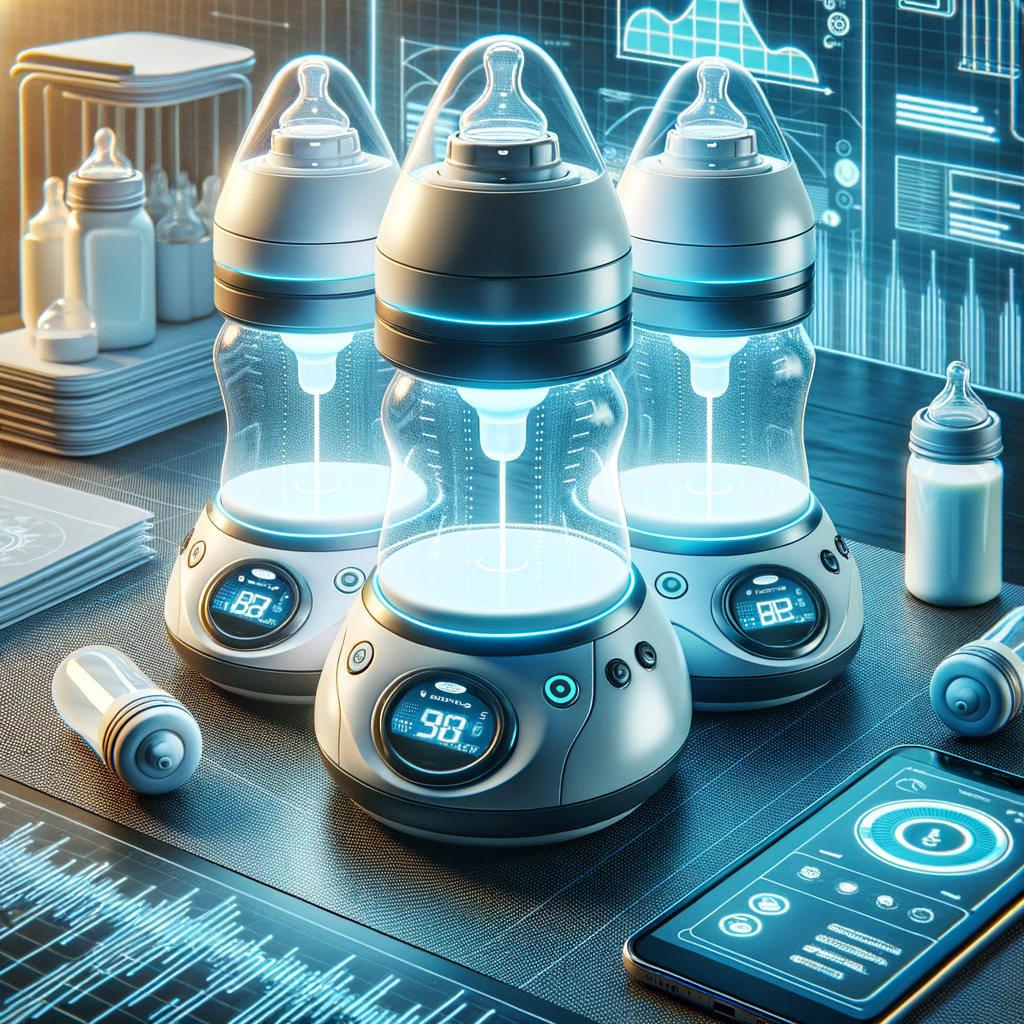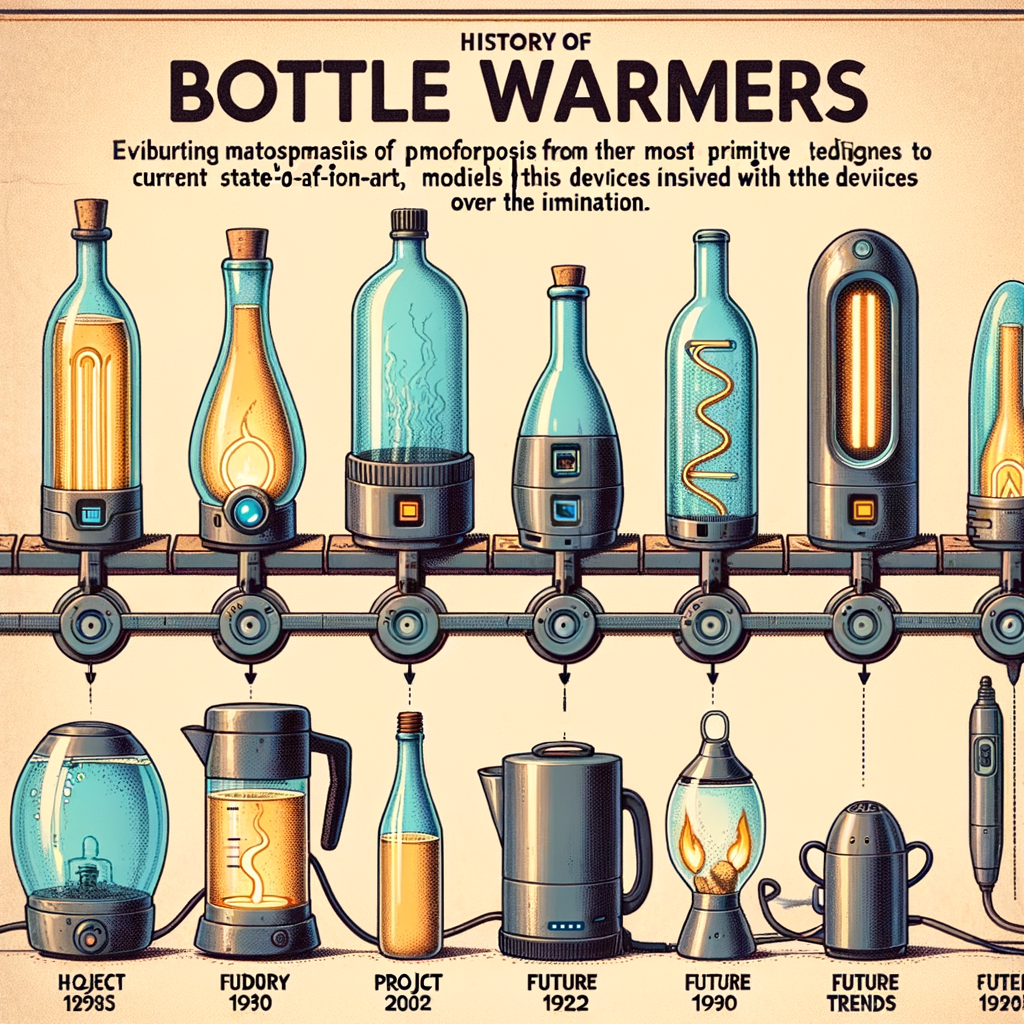If you have frozen breast milk and want to use a bottle warmer to thaw it, there are a few things to keep in mind. First, it’s important to remember that you should never put breast milk in the microwave. Second, you’ll need to plan ahead and give yourself enough time for the milk to thaw slowly and evenly.
Here are the steps to thawing frozen breast milk in a bottle warmer:
- Remove the frozen milk from the freezer and place it in the refrigerator overnight.
- Fill the bottle warmer with hot water and place the frozen milk into the warmer.
- Slowly turn on the bottle warmer, making sure that the water isn’t too hot.
- Once the milk has thawed, remove it from the bottle warmer and shake it well before feeding your baby.
Keep in mind that you should never refreeze thawed breast milk, so only thaw as much as you need. If you have any questions or concerns about thawing frozen breast milk, talk to your healthcare provider.
Can you heat up breast milk in a bottle warmer?
Yes, you can. Place the frozen breast milk into the bottle warmer and set it to low or medium heat. Once thawed, you can then increase the setting to high to heat the milk to body temperature. Alternatively, you can place the frozen breast milk into a bowl of warm water. Change the water as needed to keep it warm. Once thawed, you can then place the milk into a bottle and warm it using a bottle warmer.
When heating up breast milk, be sure not to overheat it as this can damage some of the nutrients in the milk. Milk that has been overheated will often have a “scorched” smell to it. If your breast milk smells like this, discard it and do not feed it to your baby.
Can you put breast milk storage bags in a bottle warmer?
Yes, you can. Breast milk storage bags are made of a safe, heat-resistant material that won’t melt in a bottle warmer. Simply place the frozen breast milk bag into the bottle warmer and follow the same steps as above.
Of course, make sure that the bag is properly sealed before placing it into the bottle warmer. If there are any holes or tears in the bag, the milk could leak out and get contaminated.
Apart from that, make sure that the milk storage bag you are using is really made of safe, heat-resistant material. Some bags are not and can melt in a bottle warmer, so it’s important to check the label before using one. If you’re not sure, ask your healthcare provider or lactation consultant for recommendations.
When thawing frozen breast milk, always remember to use clean and dry hands, utensils, and surfaces. This will help to prevent the growth of bacteria that could contaminate the milk.
Thawed breast milk can be stored in the refrigerator for up to 24 hours. After that, it should be discarded.
Do you need a bottle warmer for frozen breast milk?
No, you don’t necessarily need a bottle warmer to thaw frozen breast milk. You can thaw it in the refrigerator overnight or place it in a bowl of warm water. However, using a bottle warmer can speed up the process and make it easier.
What is the best way to thaw frozen breast milk?
The best way to thaw frozen breast milk is slowly and gradually. This helps to preserve the nutrients and prevent the milk from getting too hot. Never put breast milk in the microwave as this can damage some of the nutrients and create hot spots that can burn your baby’s mouth.
To thaw frozen breast milk quickly, you can place it into a bowl of warm water. Change the water as needed to keep it warm. Once thawed, you can then place the milk into a bottle and warm it using a bottle warmer.
Why is it important to thaw frozen breast milk slowly?
It is important to thaw frozen breast milk slowly because it helps to preserve the nutrients. In fact, some research has shown that thawing breast milk slowly can actually preserve more nutrients than thawing it at room temperature.
Another reason to thaw breast milk gradually is to avoid overheating it. Heating breast milk too quickly might cause hot patches that burn your baby’s mouth.
If you have the time, it’s best to thaw frozen breast milk slowly in the refrigerator or use a bottle warmer set to low or medium heat. These methods help to preserve more of the nutrients in the milk.
Overall, it is best to thaw frozen breast milk slowly and gradually in order to preserve the nutrients. You can thaw it in the refrigerator overnight or place it in a bowl of warm water. However, using a bottle warmer can speed up the process and make it easier.

